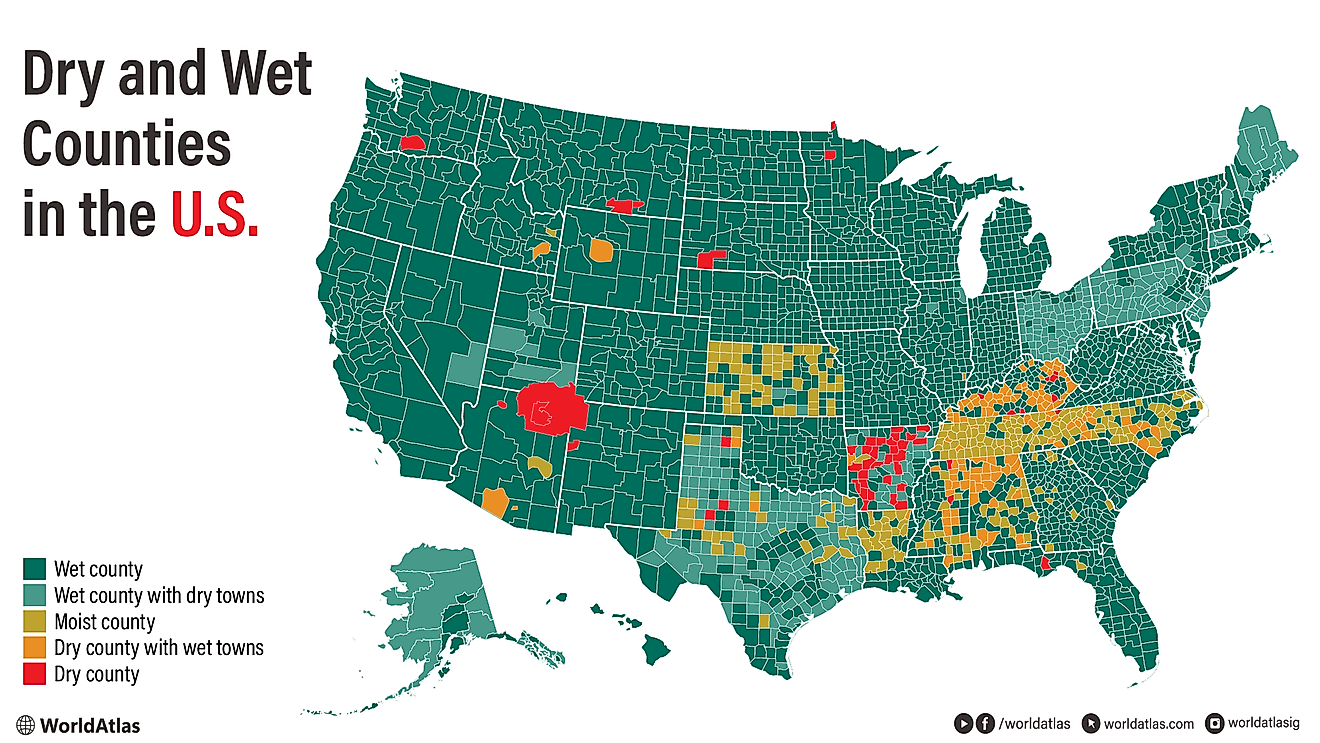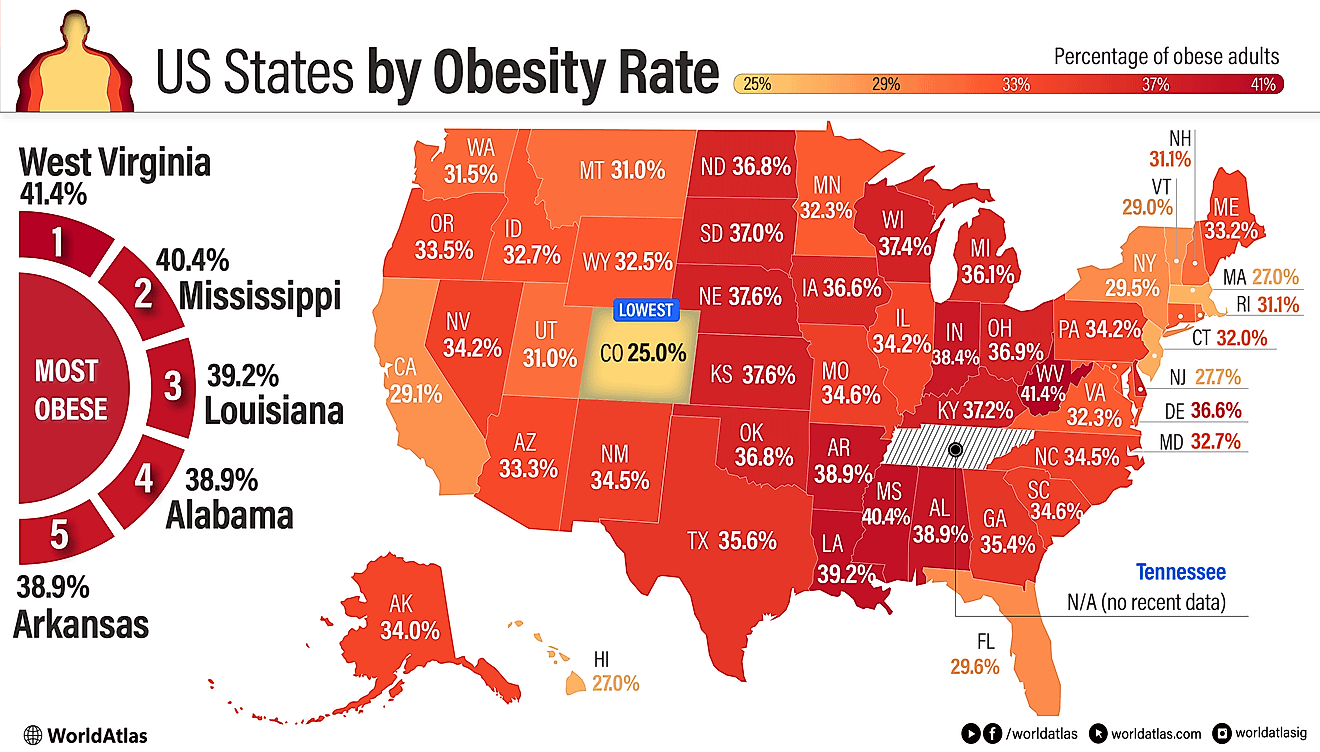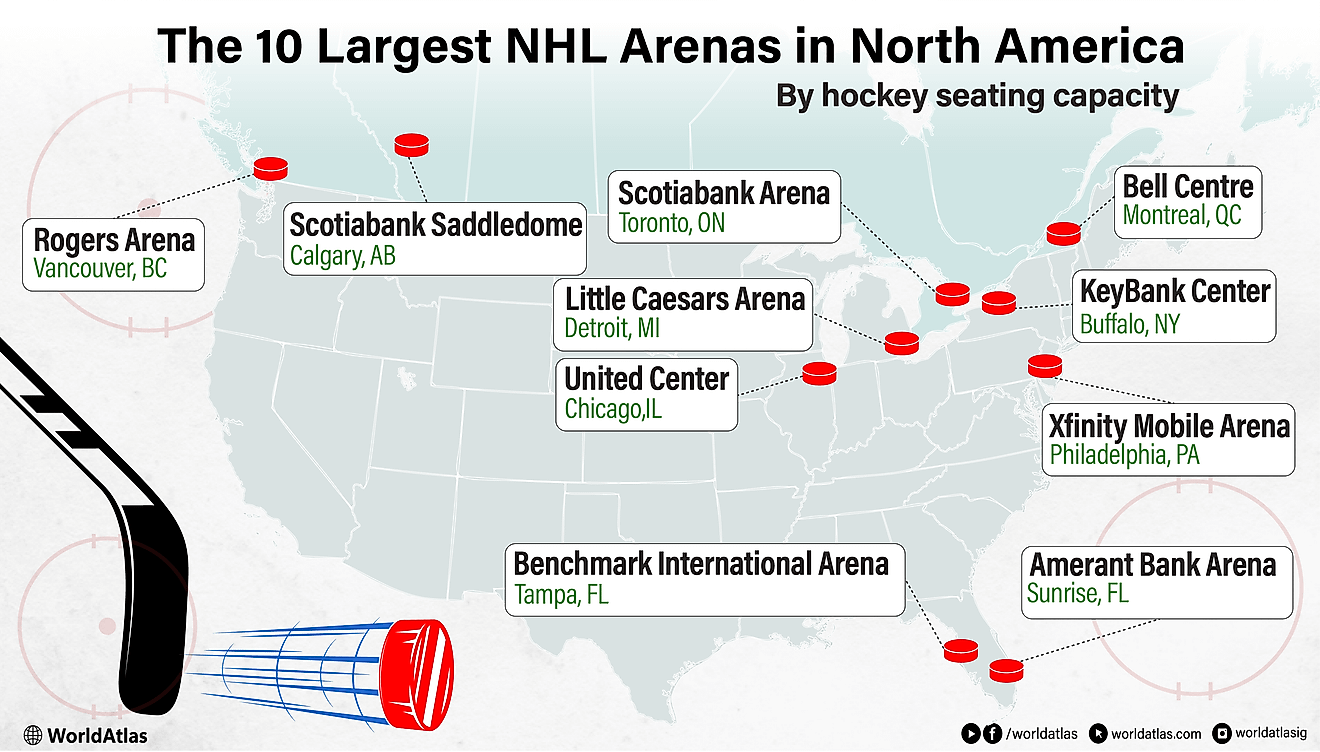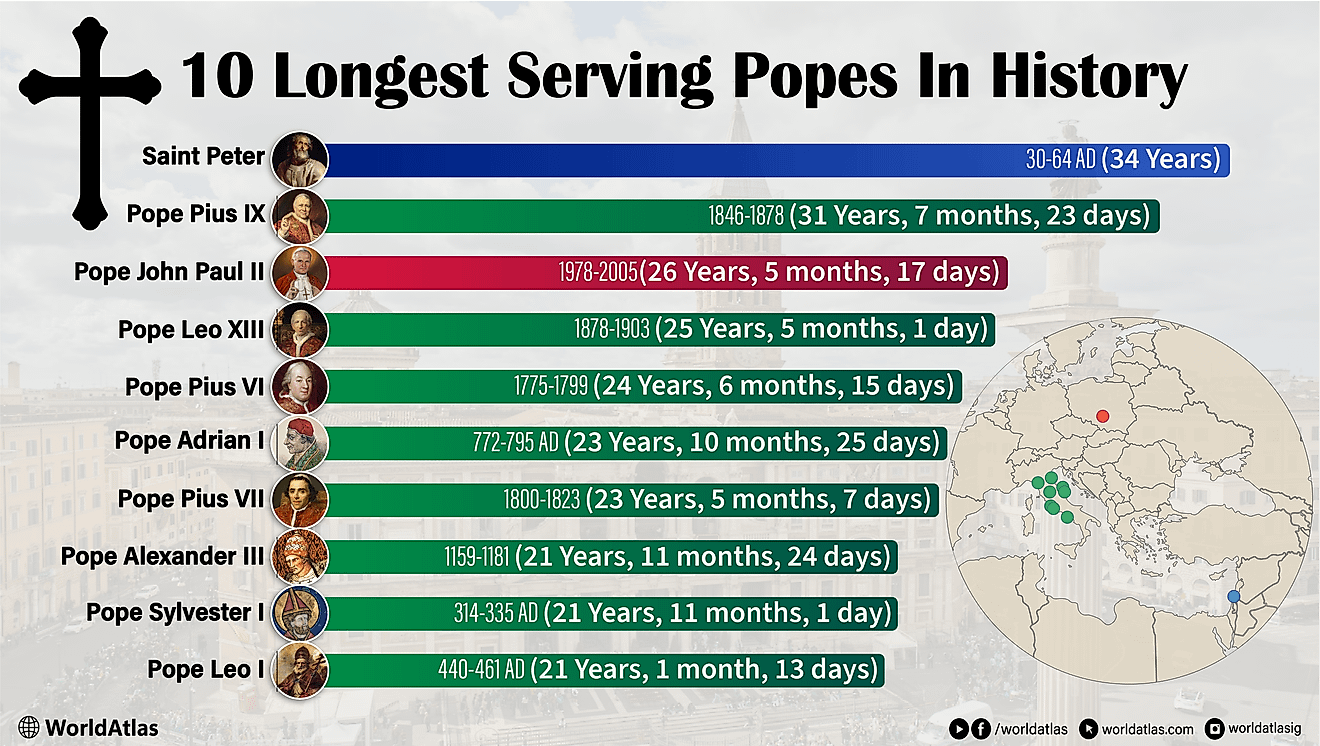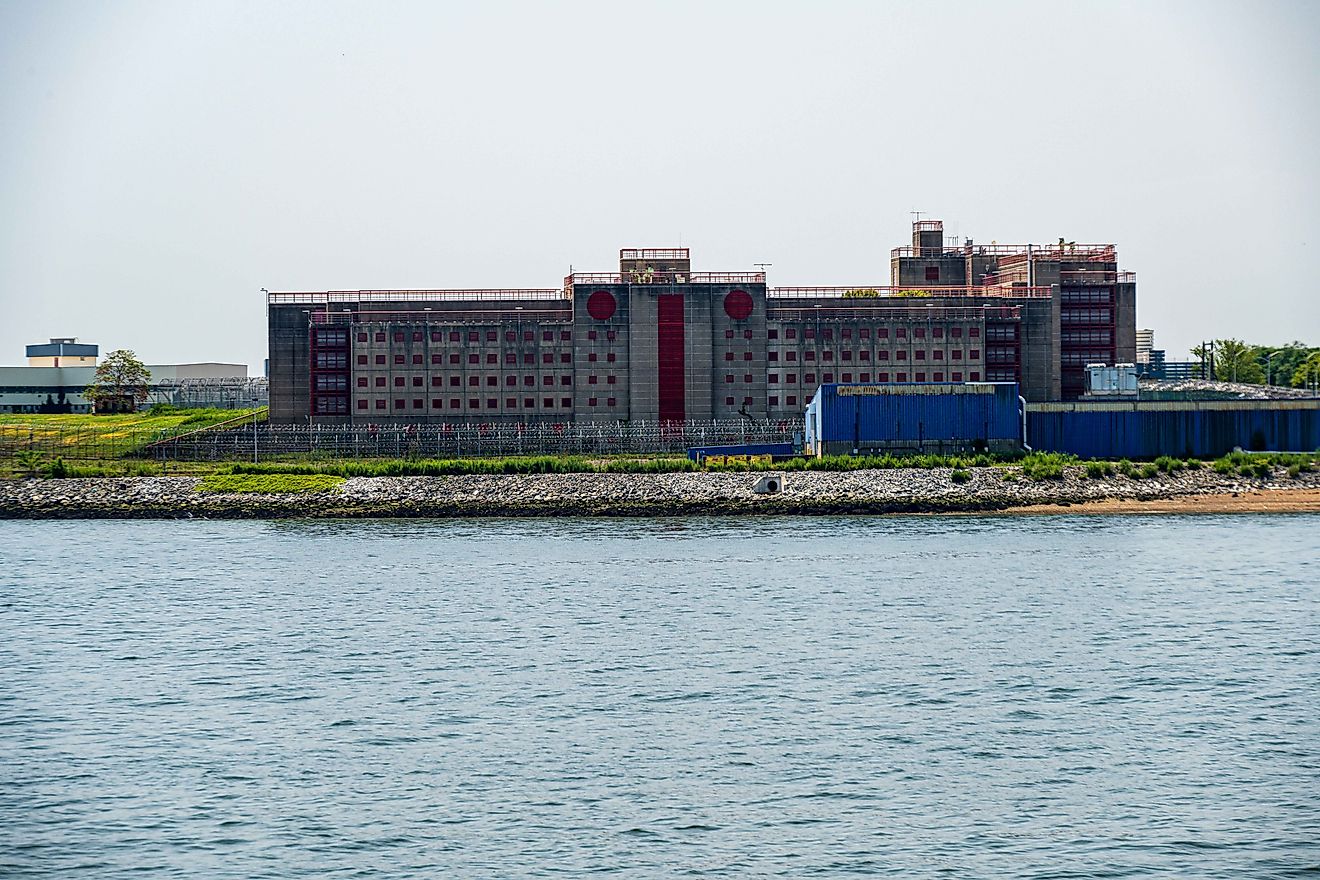What Was The Age Of Exploration Or The Age Of Discovery?
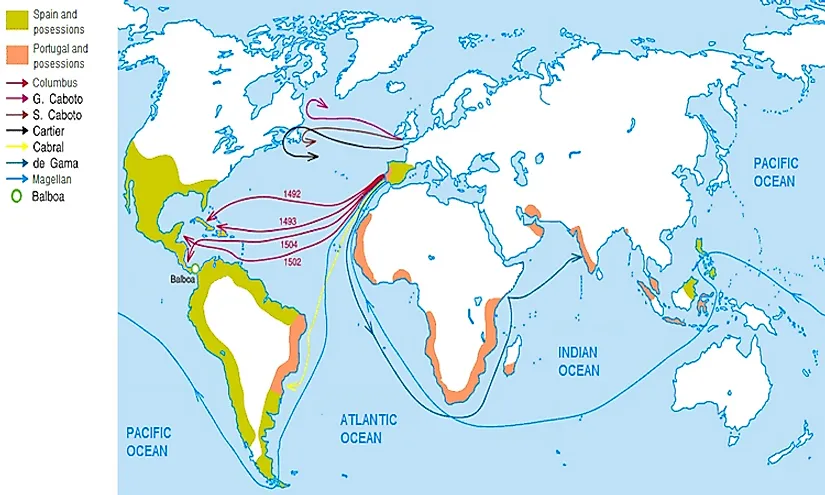
What Was The Age of Exploration?
The Age of Exploration, also known as the Age of Discovery, is the period in European history when overseas exploration began to grow in popularity. This era began in the late 1400’s and lasted through the 1700’s. It is responsible for influencing European culture, initiating globalization, and introducing colonialism around the world. For many Europeans, the Age of Exploration signifies a time when new lands were discovered. However, for many others, the Age of Exploration is remembered as a time their lands were invaded and settled by newcomers.
Overseas travel, exploration, and discovery paved the way for trade between Europe, Asia, and Africa (the Old World) and Australia and the Americas (the New World). This trade brought about the exchange of new foods, animals, and plants. Additionally, it saw the introduction of new human populations, including an increase in the trade and sale of slaves and the use of slavery. The Age of Exploration facilitated the exchange of ideas and religions between the hemispheres, but also resulted in the spread of communicable diseases, which severely reduced and, in some cases, wiped out some populations.
Because of this historical period, world maps are now available. Although, this arguably led to increased military conquest and resource exploitation. Christian missionaries were also able to spread around the world during the Age of Exploration, helping Christianity become one of the most widely practiced religions in the world.
Events Leading Up To The Age Of Exploration
Before the Age of Exploration really took off, several seafaring expeditions occurred, leaving behind some information that prompted the Age of Exploration. In the 12th century, Muhammad al-Idrisi, an Arab geographer, created a world map for the King of Sicily. Al-Idrisi collected information from Norman explorers and Islamic merchants, creating the most complex and thorough world map of its time. However, little was known about the southern reaches of the African continent, so it was excluded. This map, the Tabula Rogeriana, provided inspiration to a number of curious explorers.
From the late 13th to early 15th century (the Middle Ages), some explorers traveled by land from to Eurasia and beyond, using pre-existing trade routes from Eurasia to the Middle East to China. These trips were carried out by Italian traders, Christian missionaries, and Russian royalty. In the mid-14th century, a Moroccan scholar set out to several regions, including: North Africa, West Africa, the Sahara desert, the Horn of Africa, Southern and Eastern Europe, and China. During the early 15th century, Arab and Chinese traders traveled along the Indian Ocean and to present-day India, Thailand, East Africa, Arabia, and Southeast Asia. When the Yongle Emperor of China died, however, the new Emperor advocated isolationism and abolished international exploration and trade. Several books were published about travel accounts, feeding the greater of the world and its undiscovered places.
The First Discoveries Of The Age Of Exploration
The Portuguese are often credited with making the first discoveries of the Age of Exploration. These exploration parties traveled down the west coast of Africa and eventually to the Cape of Good Hope and into the Indian Ocean by 1488. A decade later, Vasco de Gama discovered the way around the Cape of Good Hope and to India, which established the first sea route between Portugal and India. Portuguese exploration continued to Japan in 1542 and to Brazil in 1500.
Late in the 15th century, Spain became involved in sea exploration as well in order to overcome the monopoly that Portugal held over the west African trade route. In 1492, Christopher Columbus left Spain, manning 3 ships, and crossed the Atlantic Ocean. His exploration crew first landed in the already inhabited Canary Islands before proceeding to the Bahamas. He erroneously believed that he had landed in the West Indies.
By the beginning of the 1500’s, the governments of other countries commissioned explorers to search for a shorter route to the “West Indies”. This resulted in the North Atlantic route to present-day Newfoundland in North America. Doubts began to raise that this new Atlantic path was actually leading to Asia. Explorers began to learn significantly more about these new lands and by 1513, the Pacific Ocean was reached by crossing the Isthmus of Panama.
Exploring The Pacific Ocean And Beyond
Discovering that the Pacific Ocean is located on the other side of the New World led to a renewed desire to explore. Between 1515 and 1516, Spanish crews sailed the west coast of South America, while the Portuguese were exploring off the coast of Southeast Asia. This exploration resulted in the first circumnavigation of the world in 1519. Magellan took off from Seville with a fleet of 5 ships, sailing south toward South America and navigating around the southern tip known as Tierra del Fuego. The crew continued across the Pacific Ocean, landed in the Spice Islands in 1521, and returned to Spain in September of 1522.
Exploration increasingly left the water and entered the land, resulting in invasions and colonizations throughout the Americas. Northern European countries and Russia became involved in world exploration in the latter part of the 16th century further exploring North America, Siberia, New Zealand, and Australia.
Legacy Of The Age Of Exploration
The Age of Exploration has had perhaps one of the greatest impacts on global relations of any other historic period or event. Because of this widespread discovery and exploration movement, New World and Old World products were exchanged. This brought horses, cows, and sheep from Europe to the New World and tobacco, cotton, potatoes, and corn to the Old World.
European forces came to dominate large tracts of land and inhabitants around the world, taking advantage of their perceived discoveries to colonize, settle, and exploit the new areas. This gave rise to the Age of Imperialism, which was pushed by increasing demand for slaves, commodities, and trade. Many existing communities and kingdoms were abolished and taken over by European interests. With these political aggressions came language, cultural, and religious conversions as well as genocides and removal of indigenous peoples from their original lands and homes.
During the Age of Exploration, the slave trade grew significantly which had a profound impact on the economy and on society as a whole. The introduction of agricultural practices and crops was so successful that some areas now rely on introduced foods as major dietary staples (this includes potatoes in Europe and manioc and corn in Africa). Many of these new staples helped to increase the population sizes in their new countries. Goods and commodities were not the only things traded during the Age of Exploration. Additionally, technology and cultures were also shared. This was a time when countries everywhere began to understand that the world was much bigger than previously believed. The economies, cultures, and politics of many countries around the world were drastically influenced by this period in history.
